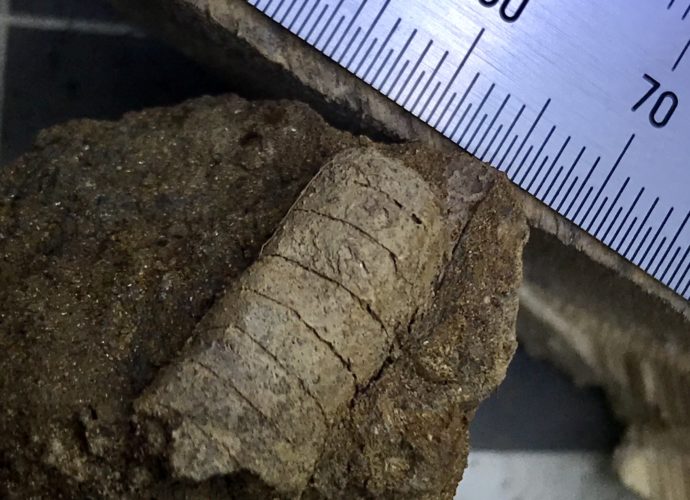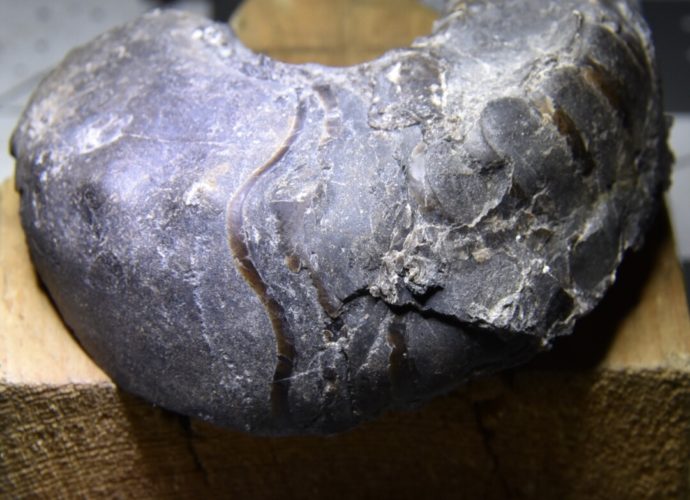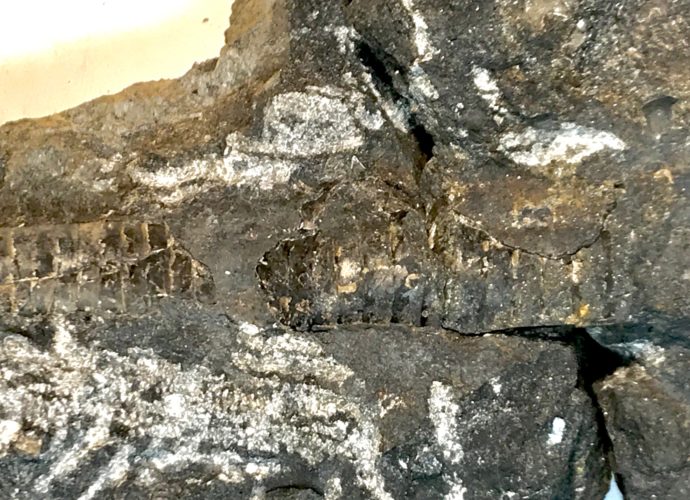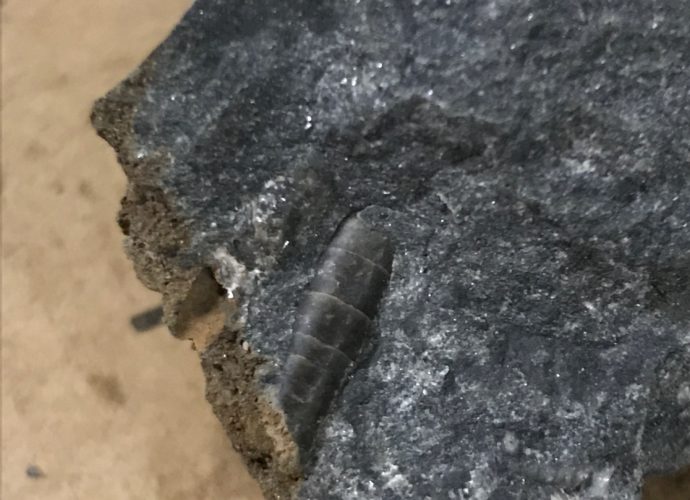Small Cephalopod
This specimen came from eroded limestone. It was very light and fragile. The sections averaged about 2.5mm in width. Identification currently is unknown, however it does appear to be a straight shelled species. Eroded Limestone Most of the limestone exposed to the outside environment has an eroded edge. I amRead More →






